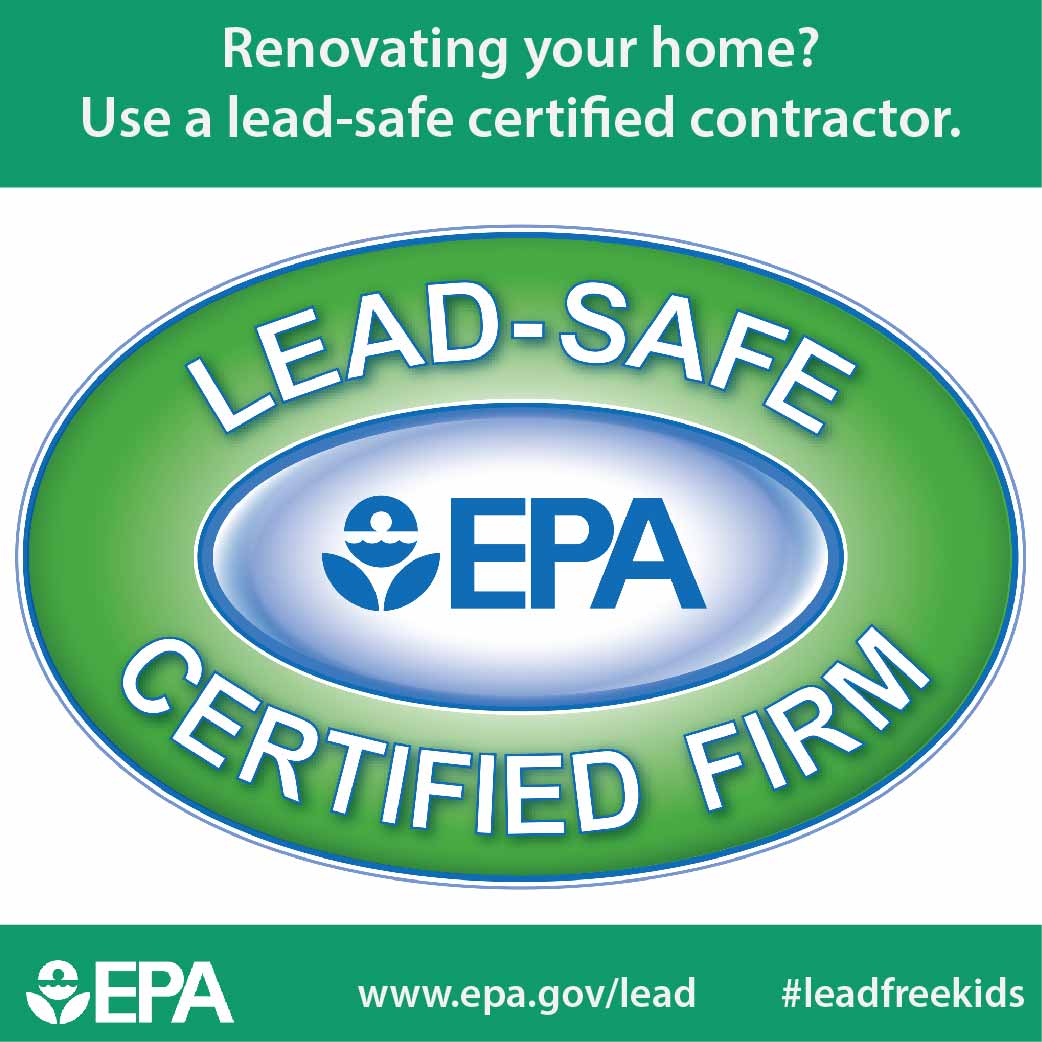Factors To Think About For Industrial Exterior Paint By Period: Necessary Info You Should Have
Factors To Think About For Industrial Exterior Paint By Period: Necessary Info You Should Have
Blog Article
Material Writer-Doherty Decker
When you're preparing an industrial outside paint job, seasonal factors can make or damage your results. You'll wish to take into consideration exactly how temperature level and moisture impact paint application and drying times. Selecting the right season can guarantee your paint adheres correctly and lasts much longer. Yet which seasons are absolutely the very best for this sort of job? Let's check out the crucial elements that can affect your job's success.
The Influence of Temperature on Paint Application
When you're planning an industrial exterior paint task, the temperature can significantly impact exactly how well the paint sticks and dries.
Preferably, https://home-painters-near-me54209.howeweb.com/34968980/crucial-factors-to-consider-to-discuss-before-deciding-on-residence-painters want to repaint when temperature levels vary between 50 ° F and 85 ° F. If it's too cold, the paint might not treat correctly, leading to concerns like peeling or breaking.
On the other hand, if it's as well hot, the paint can dry as well rapidly, stopping correct bond and leading to an irregular surface.
You should likewise take into consideration the time of day; morning or late afternoon supplies cooler temperature levels, which can be much more beneficial.
Constantly check the supplier's suggestions for the certain paint you're using, as they typically offer support on the optimal temperature level array for optimum results.
Humidity and Its Result on Drying Times
Temperature isn't the only environmental variable that influences your business exterior painting task; humidity plays a substantial duty as well. https://www.domain.com.au/living/seven-things-consider-painting-homes-exterior-770532/ can decrease drying times substantially, impacting the overall quality of your paint task.
When the air is filled with moisture, the paint takes longer to heal, which can lead to problems like poor attachment and a higher risk of mold development. If you're painting on a particularly humid day, be gotten ready for extended delay times between coats.
It's crucial to keep an eye on regional climate condition and strategy accordingly. Preferably, aim for humidity degrees between 40% and 70% for optimum drying.
Maintaining these factors in mind guarantees your job stays on track and delivers a lasting coating.
Best Seasons for Commercial Outside Painting Projects
What's the very best season for your commercial external painting tasks?
Springtime and very early fall are commonly your best bets. Throughout painting for a house , temperatures are moderate, and moisture degrees are frequently lower, developing ideal problems for paint application and drying.
Stay clear of summertime's intense heat, which can trigger paint to dry also quickly, resulting in inadequate attachment and surface. Similarly, wintertime's cool temperatures can impede proper drying and treating, taking the chance of the long life of your paint job.
Aim for days with temperatures between 50 ° F and 85 ° F for optimum outcomes. Remember to examine please click the next web page for rain, as damp problems can wreck your task.
Preparation around these aspects ensures your paint job runs efficiently and lasts much longer.
Conclusion
To conclude, intending your industrial exterior paint jobs around seasonal factors to consider can make a significant difference in the outcome. By scheduling job throughout the perfect temperature levels and moisture degrees, you'll make sure better bond and drying times. Bear in mind to watch on neighborhood weather forecasts and select the correct time of year-- springtime and early fall are your best options. Taking these steps will certainly assist you accomplish a long lasting and specialist surface that lasts.
